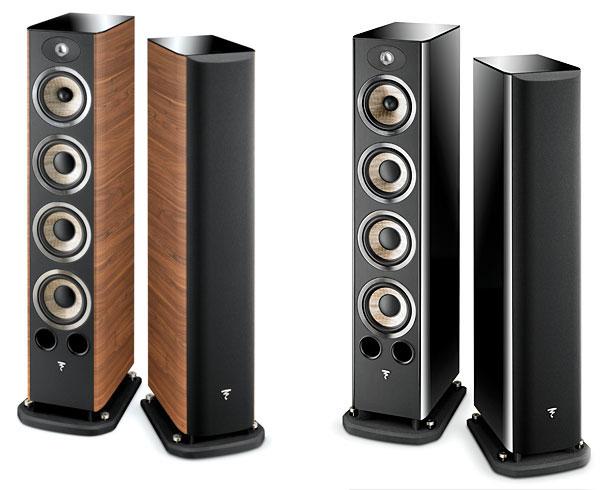| Columns Retired Columns & Blogs |
You suggested perusal of Recommended Components for a good matching amp. Perhaps it's time for Stereophile to develop an app which matches recommended or reviewed components based on reviewer-observed synergies? Now that's an app that could save our hobbyists a lot of money and frustration! You could use all the usual criteria such as speaker efficiency v.s. amp output, but also provide guidance on frequency balance matching, i.e.; soft phono preamp with bright cartridge.

 Having developed this new way of making midrange and woofer cones, Focal turned their attention to tweeters, and came up with an inverted dome made of an alloy of aluminum and magnesium. It's similar in these respects to the tweeter used in the Chorus 826W, but in the Aria 936 the suspension between the dome and the bracket is made of Poron, a "memory foam" of microcellular urethane. This suspension method has been shown by Focal to reduce distortion by a factor of three in the critical range of 2–3kHz. A polyurethane plate with waveguide is said to improve the new tweeter's horizontal dispersion.
Having developed this new way of making midrange and woofer cones, Focal turned their attention to tweeters, and came up with an inverted dome made of an alloy of aluminum and magnesium. It's similar in these respects to the tweeter used in the Chorus 826W, but in the Aria 936 the suspension between the dome and the bracket is made of Poron, a "memory foam" of microcellular urethane. This suspension method has been shown by Focal to reduce distortion by a factor of three in the critical range of 2–3kHz. A polyurethane plate with waveguide is said to improve the new tweeter's horizontal dispersion.








































